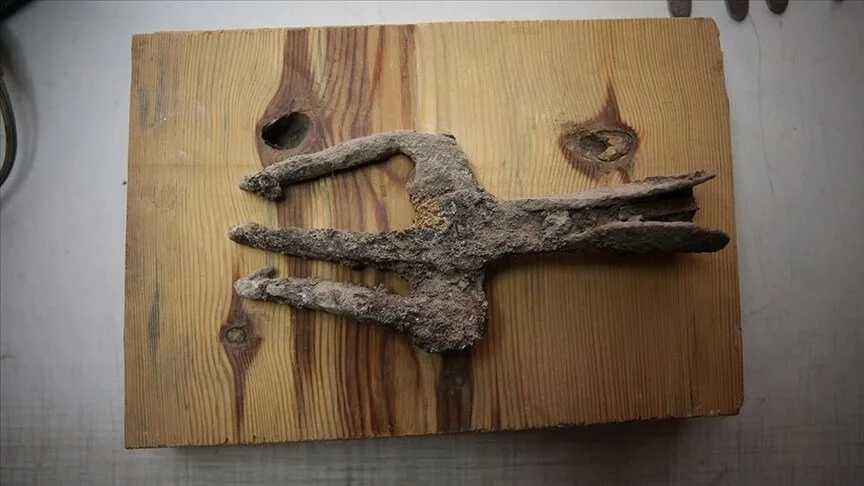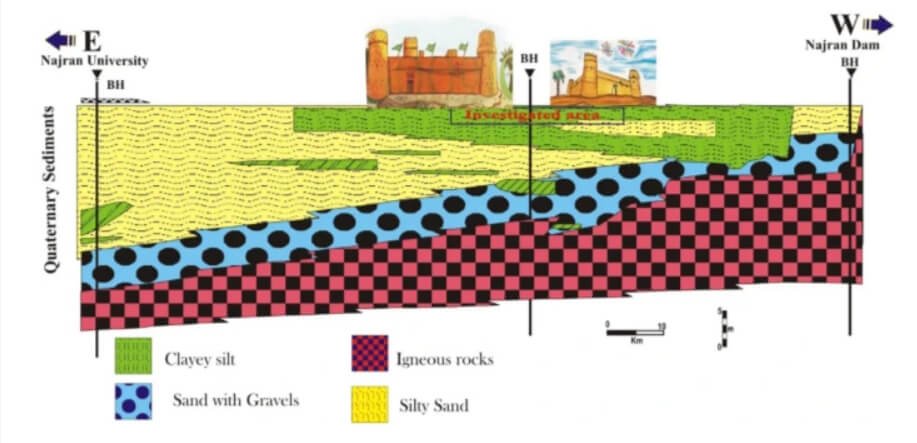Vikings, often depicted as fearsome and unsophisticated warriors, are taking a surprising step into a more refined light. Recent discoveries by Danish researchers have revealed that these Norsemen had something previously associated primarily with medieval churches and castles – windows with glass. This revelation challenges the traditional image of Vikings, showcasing their more cultured side.
According to findings by a team of archaeologists and historians, the notion of Vikings with windows adorned by glass panes dates back centuries before the emergence of the church and castle windows often associated with the Middle Ages. This fascinating revelation came to light after a comprehensive analysis of glass fragments from multiple excavations across southern Sweden, Denmark, and northern Germany.
The National Museum in Copenhagen led the charge in this archaeological investigation, meticulously examining 61 glass fragments. Researchers were able to date these pieces to a timeframe spanning from 800 to 1100, firmly placing these unique windows within the Viking Age, typically considered to run from 793 to 1066.
Mads Dengsø Jessen, a senior researcher at the National Museum in Copenhagen, emphasized the significance of this discovery, stating, "This is yet another shift away from the image of unsophisticated barbaric Vikings swinging their swords around." It suggests that Vikings were more than just ruthless warriors, possessing an appreciation for aesthetics and culture.
Intriguingly, the glass windows in the Viking Age were not the large, transparent windows we are accustomed to today. Instead, they likely consisted of smaller panes, possibly in different shades of green and brown. The primary purpose was not to offer panoramic views but rather to create a vivid and colorful interplay of light within the buildings. This revelation challenges our perception of Viking society, showcasing their interest in art and light manipulation.
The National Museum proposed that these glazed windows were reserved for the upper echelons of Viking society and for religious purposes, mirroring practices elsewhere in Europe. Despite their reputation as fierce raiders, Vikings were also extensive traders and had a profound influence across continents, even reaching North America.
The acquisition of such glass, an exquisite and valuable material during that time, likely occurred through trade networks. The Norsemen had developed an elite society with power akin to Charlemagne, the King of the Franks, challenging the Hollywood portrayal of Vikings as mere warriors.
This discovery underscores the need for more in-depth exploration of Viking history and the importance of questioning traditional stereotypes. It illustrates that the Viking Age was an era of sophistication and cultural exchange, where even the gleam of glass windows adorned their noble dwellings.
In the midst of these significant revelations, it becomes clear that Vikings were more than the marauders of legend. They were cultured, elite warriors who enjoyed the beauty of light and the intricacies of art, fostering a newfound appreciation for their rich history and legacy. This historical shift encourages us to dig deeper into our understanding of these seafaring people, opening doors to further fascinating discoveries.











































